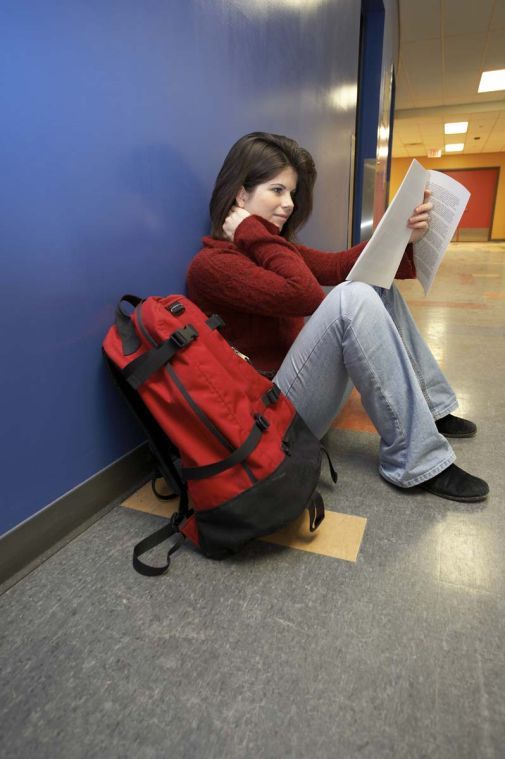From Netflix to checklists: How to transition back to school after a long break
Jan 16, 2014
Last updated on May 7, 2016 at 10:48 p.m.
After having last semester’s final exams nicely buffered by the distraction of the holidays, I am now headed back to Champaign-Urbana refreshed, rejuvenated and ready to start anew. Well, sort of.
Whether you spent winter break working at your old summer job, catching up with friends and family or watching television while holed up in your basement, you probably need to do some adjusting as classes begin again.
Here are some tips to help you get back into the swing of things:
1. Fuel and prepare your body with wholesome food
Get The Daily Illini in your inbox!
According to assistant director and dietitian of Dining Services Erica Nehrling Meador, protein and healthy fats like avocado, nuts and seeds are sustaining sources of energy.
“Having these will help get energy and calories into your body without causing glucose and insulin fluctuations, which can actually make us feel more fatigued,” Meador said.
Refined foods like white bread and pastries will result in a “surge and then fall” phenomenon, she said, because the refined items enter our blood sugar faster and insulin levels spike. Although they are a quick fix for energy, Meador recommended more sustaining sources of energy like proteins and healthy fats. She also said to avoid consuming too much caffeine — you should have no more than 250 to 300 milligrams of caffeine a day (an 8 oz. cup of coffee has roughly 100 milligrams).
2. Set the scene and look ahead
Take down any lingering holiday decorations you may have up in your room at school and put up a 2014 calendar. Mark important dates that are coming up in the future, especially ones you are excited about.
3. Make a schedule
Although it can be tempting, don’t skip class in the first few weeks; it can leave you feeling frazzled and unprepared from the start. Remember to schedule time for doing homework and studying. Getting into a routine of studying from the start will prevent you from becoming overwhelmed when classes start picking up speed.
“Planning one week at a time really helps me get an overview of what I have to accomplish for the week,” said Priyal Amin, sophomore in LAS.
If the transition from vacation to school is too fast, keep some of your routines from vacation — but in moderation. Watch one episode of your favorite series on Netflix a day instead of finishing an entire season in one sitting.
4. Fix your sleeping pattern
While you’re still at home, get on a normal sleeping schedule again and try to picture yourself waking up for your classes. John Desai, sophomore in LAS, said this week he has been waking up a little earlier to fix his sleeping schedule.
“Waking up at a decent time helps me to gradually ease into school,” Desai said.
5. Do some light reading
Read something besides your Facebook feed at least once a day, whether it be a book, a newspaper article or even a friend’s paper to edit. This can help lessen the blow of eventually having to read heavy material for class.
If you have reading assigned already, flip through the pages to familiarize yourself with some of the topics to get a head start.
6. Get inspired
Create a new playlist of upbeat music or watch motivational videos on YouTube, such as “A Pep Talk from Kid President to You,” to get excited for the semester.
7. Exercise
Get into the habit of going to the gym and commit to being fit this semester. An ongoing study by the University’s Neurocognitive Kinesiology Laboratory finds that cardio respiratory exercise in children is linked to an increase in cognitive control. This can mean increased attention and ability to retain information, said Mark Scudder, lab researcher and graduate student in AHS.
Bridget is freshman in Media. She can be reached at [email protected].






